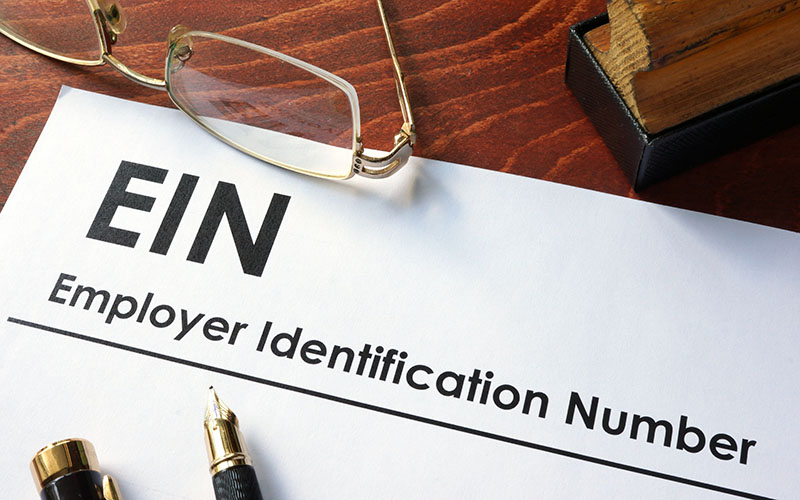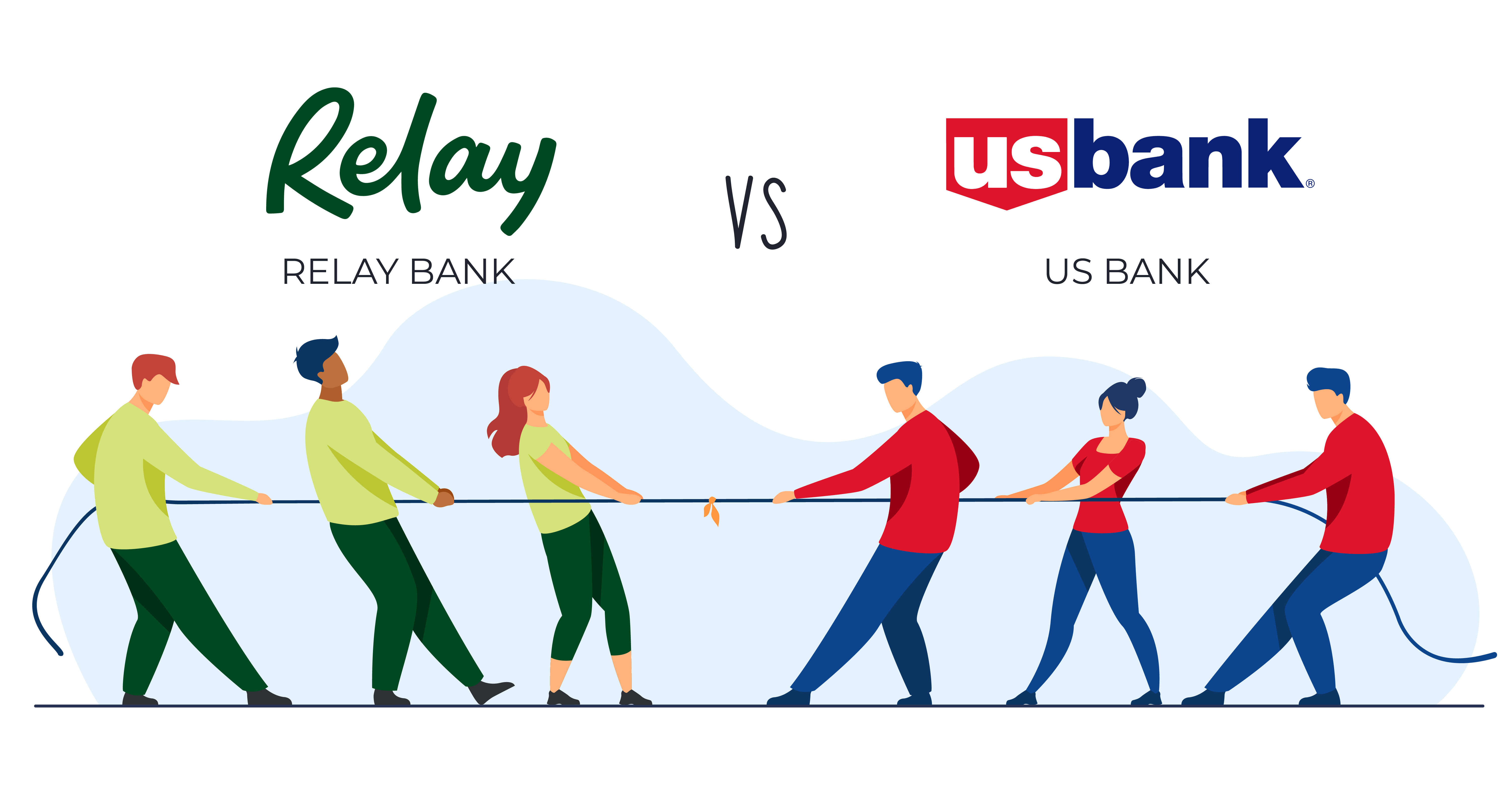Utilizing Sweep Accounts for Maximizing Business Cash Flow
Key Takeaways
- Sweep Accounts automatically manage business banking cash flow by transferring excess funds into higher-interest account
- These accounts reduce idle cash, enhance liquidity, and simplify cash management for businesses
- Various types include zero-balance, investment, debt-reduction, tax, and line of credit sweeps, catering to different financial needs
- Setting up a Sweep Account requires partnering with a financial institution to align transfer strategies with business cash flow needs
- Regular review and adjustment of Sweep Account activities are essential to maintain financial efficiency and meet business goals

Are your profits sitting as idle cash in low-interest or non-interest-bearing accounts? Do you need help optimizing business banking cash flow, a crucial aspect of maintaining financial stability and maximizing returns? One powerful tool that can help your business achieve this goal is Sweep Accounts.
Sweep Accounts offer an innovative and automated way to manage cash flow, ensuring excess funds are allocated to higher-interest accounts or investments. This article will explore the concept of Sweep Accounts and their pivotal role in maximizing business cash flow. Discover the objectives, benefits, and strategies of utilizing Sweep Accounts to unlock the full potential of your business's financial resources.

Understanding Sweep Accounts and How They Work
Sweep Accounts are financial tools that help your business optimize its cash flow and maximize returns. The primary purpose of a Sweep Account is to ensure that funds are efficiently utilized rather than remaining idle in low-interest or non-interest-bearing accounts.
Sweep Accounts automatically transfer excess funds from a business's primary operating account to another account with higher interest rates or investment options on a periodic basis. These transfers occur based on pre-set parameters or thresholds determined by the business. For example, if the balance in the operating account exceeds a specified limit, the excess funds will be "swept" into a separate account, such as a money market account or a higher-yield investment.
Conversely, if the balance in the operating account falls below a certain threshold, funds may be swept back into the account to maintain sufficient liquidity. Implementing this automated process allows businesses to ensure that their cash works harder for them and earns optimal returns while still meeting their operational needs.
Advantages of Using Sweep Accounts for Optimizing Cash Flow
Sweep Accounts offer several compelling advantages for businesses seeking to optimize their cash flow and make their money work harder. Sweep Accounts help companies to minimize idle cash and maximize returns in the following ways:
- Minimize Idle Cash: Instead of funds remaining dormant, Sweep Accounts automatically transfer excess cash into higher-interest accounts or investments, ensuring that money is actively working to generate returns.
- Maximize Returns: Sweep Accounts empower businesses to proactively maximize returns by directing excess funds into higher-interest accounts or investment opportunities, enabling them to earn additional interest or investment income on idle cash.
- Enhance Liquidity and Cash Availability: Maintaining a balance between liquidity for operational needs and higher returns, Sweep Accounts enable businesses to sweep excess funds back into the operating account when necessary, ensuring sufficient cash availability while capitalizing on lucrative investment opportunities.
- Simplify Cash Management: Sweep Accounts automate the cash flow process, reducing the administrative burden on businesses. With automatic transfers and balance monitoring, businesses can streamline their cash management processes and focus on core operations without constant manual intervention.
- Improve Financial Efficiency: Using Sweep Accounts improves overall financial efficiency by optimizing the utilization of funds. By minimizing idle cash and maximizing returns, businesses can enhance their financial performance and allocate resources more effectively.
Different Types of Sweep Accounts Available for Businesses
Businesses can access different types of Sweep Accounts, each designed to cater to specific cash management goals and requirements. Understanding the various types of Sweep Accounts can help you choose the most suitable option for your business. Here are the key features and benefits of some common types of Sweep Accounts:
- Zero-Balance Sweep Accounts: Zero-balance sweeps automatically transfer excess funds from the business's primary account to an interest-bearing account at the end of each day. This type of Sweep Account ensures that the primary account maintains a zero balance, eliminating the need for manual transfers while maximizing interest earnings.
- Investment Sweeps: Investment sweeps move idle cash from the business's primary account into higher-yielding investment vehicles, such as money market funds or short-term securities. These sweeps allow businesses to earn higher returns while maintaining liquidity.
- Debt-Reduction Sweeps: Debt-reduction sweeps prioritize using excess funds to pay down outstanding debts, such as lines of credit or loans. Instead of sitting idle, the excess cash is automatically used to reduce interest expenses, allowing businesses to save on interest costs and accelerate debt repayment.
- Tax Sweeps: Tax sweeps help businesses manage their tax obligations efficiently. These sweeps automatically move funds to a separate account, earmarked explicitly for tax payments. By segregating tax liabilities, companies can ensure sufficient funds are available when tax payments are due, minimizing the risk of penalties or cash flow disruptions.
- Line of Credit Sweeps: Line of credit sweeps establish a link between a business's checking account and a line of credit. When the checking account balance falls below a predetermined threshold, funds are automatically swept from the line of credit to cover any shortfalls. This ensures uninterrupted cash flow and helps businesses avoid overdraft fees.
Setting up a Sweep Account and Determining the Right Balance for Transfers
Setting up a Sweep Account is a straightforward process typically involving partnering with a financial institution. To establish a Sweep Account, businesses can approach their bank or financial advisor to inquire about the availability and requirements of Sweep Account services. The financial institution will guide them through the necessary documentation and account setup procedures, ensuring a seamless transition to the new cash management solution.
Several factors come into play when determining the appropriate balance for transfers in a Sweep Account. Firstly, businesses need to consider their cash flow patterns and identify the amount of excess funds available regularly. Striking a balance is crucial to ensure the swept funds are sufficient to achieve the desired cash management objectives without causing any cash flow constraints.
Businesses should also evaluate their working capital needs, short-term obligations, and potential investment opportunities to make informed decisions about the transfer amounts. Regular monitoring and analysis of cash flow trends will help businesses fine-tune the balance for transfers, optimizing cash flow and maximizing returns on idle funds.
Managing Cash Flow More Efficiently With Sweep Accounts
Sweep Accounts streamline cash management by automatically transferring excess funds from low-interest or non-interest-bearing accounts into higher-yielding investment vehicles. This eliminates manual transfers, enabling businesses to focus on core operations while optimizing their available cash. They help optimize working capital and meet expenses such as payroll, inventory management, and other operational requirements by maintaining sufficient funds for daily operational needs. These accounts reduce idle cash by automatically sweeping excess funds into higher-yielding investments, maximizing returns, and minimizing opportunity costs.
Strategies for Maximizing Interest Earnings With Sweep Accounts
Sweep Accounts help businesses employ several strategies to maximize their potential earnings by considering factors such as interest rates, investment options, and balancing liquidity needs while maintaining sufficient funds for operational requirements. Here are some strategies and tips to help businesses maximize their interest earnings with Sweep Accounts:
- Research and compare interest rates: Maximize your excess cash return by researching and comparing interest rates offered by different financial institutions for Sweep Accounts
- Understand investment options: Sweep Accounts may offer different investment options for the swept funds, such as money market funds or short-term investments. Understand the risks and potential returns associated with each option to make informed decisions based on your business's risk tolerance and liquidity needs.
- Consider liquidity needs: While optimizing interest earnings is important, balancing that with your business's liquidity requirements is also necessary. Assess how quickly you may need access to the swept funds and choose investment options accordingly.
- Regularly review and adjust investment allocations: Monitor the performance of your Sweep Account investments and periodically review and adjust the allocations based on changing market conditions and your business's needs. This ensures that your cash is invested in the most suitable options to maximize earnings.
- Seek professional advice: If needed, seek guidance from financial advisors or professionals specializing in cash management and investment strategies. They can provide valuable insights tailored to your business's needs and goals.
Minimizing Overdraft Fees and Banking Charges With Sweep Accounts
Sweep Accounts offer valuable solutions to businesses seeking to minimize overdraft fees and reduce banking charges. These accounts automate fund transfers, ensuring efficient allocation for expense coverage and optimal balance maintenance. This proactive approach prevents costly overdraft fees caused by insufficient funds in primary operating accounts. Additionally, Sweep Accounts strategically manage cash flow, directing funds where they are most needed and minimizing unnecessary banking charges. Leveraging Sweep Accounts enables businesses to mitigate overdraft risks, reduce expenses, and maximize cash flow, optimizing their financial operations.
Sweep Accounts in Cash Management for Businesses of Different Sizes
Sweep Accounts offer versatile cash management solutions that cater to the unique needs of businesses across different sizes. From small startups to medium-sized enterprises and large corporations, Sweep Accounts provide valuable tools to optimize cash flow and enhance financial operations. Here’s how Sweep Accounts benefit businesses of various sizes:
- Small Businesses:
- Effective cash flow management: Sweep Accounts help small businesses maintain sufficient funds for daily operations and cover expenses efficiently.
- Minimized idle cash: Small businesses can maximize returns on their cash reserves by automatically transferring excess funds to interest-earning accounts.
- Cost savings: Sweep Accounts assist in avoiding overdraft fees and reducing unnecessary banking charges, preserving financial resources for growth.
- Medium-Sized Enterprises:
- Enhanced liquidity management: Sweep Accounts enable medium-sized enterprises to balance operational needs and liquidity requirements effectively.
- Improved interest earnings: By utilizing Sweep Accounts, businesses can invest idle cash in higher-yielding options, generating additional income.
- Streamlined financial operations: Sweep Accounts automate transfers, simplifying cash management and reducing administrative burdens.
- Large Corporations:
- Optimal fund allocation: Sweep Accounts help large corporations allocate funds strategically across multiple accounts to cover expenses and investments efficiently.
- Risk management: By maintaining appropriate balances and automating transfers, Sweep Accounts assist in mitigating the risk of insufficient funds and potential disruptions.
- Increased financial control: Sweep Accounts give large corporations greater visibility and control over their cash positions, supporting informed decision-making.
Utilizing Sweep Accounts, businesses of all sizes can optimize cash management, minimize idle cash, maximize interest earnings, and improve overall financial control. Tailoring strategies specific to their needs allows businesses to effectively enhance cash flow and drive sustainable growth using Sweep Accounts.

Best Practices for Monitoring and Adjusting Sweep Account Activity
Effectively monitoring and adjusting Sweep Account activity is essential for optimizing cash flow management. Here are some best practices to help businesses maintain control and maximize the benefits of Sweep Accounts:
- Regularly review Sweep Account activity and balances to ensure accuracy and effectiveness.
- Monitor interest rates and investment options to maximize earnings potential.
- Stay informed about any changes or updates to Sweep Account terms and conditions.
- Utilize reporting and tracking tools provided by your financial institution for real-time insights.
- Evaluate the impact of Sweep Account transfers on other financial activities, such as loan repayments or vendor payments.
- Periodically reassess the appropriateness of your chosen Sweep Account type and adjust as needed.
- Keep open communication with your bank or financial institution to promptly address any questions or concerns.
- Consider engaging with a financial advisor or consultant to optimize Sweep Account usage based on your business goals.
Evaluating the Effectiveness of Sweep Accounts in Optimizing Cash Flow
Businesses need to regularly evaluate critical factors to assess the effectiveness of Sweep Accounts in optimizing cash flow. This includes measuring interest earnings, minimizing idle cash, and reducing banking fees. Analyzing the alignment of Sweep Account activities with business objectives and financial goals provides valuable insights. Businesses can refine their Sweep Account usage to align with evolving cash flow optimization needs. This proactive approach ensures continuous improvement in cash flow management.
Unlocking the Power of Sweep Accounts for Optimized Cash Flow
Boosting your business's cash flow is essential for its financial health and growth. Tailoring Sweep Account strategies to your needs can optimize cash flow, minimize idle cash, and maximize returns. Whether you're a small startup or a large enterprise, Sweep Accounts offer a powerful tool to enhance your financial operations.
Boost your financial efficiency and maximize your business potential by signing up for a Sweep Account right away. Click on this link to explore our bank reviews and discover the top-rated financial institutions offering Sweep Account solutions. Visit our recommended banks section to find the best tools and solutions to optimize your cash flow.
How do Sweep Accounts improve business cash flow?
By automatically investing excess cash into higher interest accounts or investment vehicles, Sweep Accounts ensure that all funds are actively working to generate returns, thereby maximizing cash flow efficiency.
What types of Sweep Accounts are available for businesses?
Businesses can choose from several types of Sweep Accounts, including zero-balance accounts, investment sweeps, debt-reduction sweeps, tax sweeps, and line of credit sweeps, each serving different financial management goals.
Are Sweep Accounts safe?
Yes, Sweep Accounts are safe as they are managed within banking regulations and typically involve moving funds between different accounts within the same financial institution.
How do I set up a Sweep Account for my business?
To set up a Sweep Account, consult with your bank or financial advisor to discuss your business needs, determine the appropriate sweep parameters, and complete any required documentation.
Can a Sweep Account help in reducing overdraft fees?
Yes, Sweep Accounts can help reduce overdraft fees by automatically managing account balances to ensure sufficient funds are available, thus avoiding overdraft situations.
Edited by:
Bryan Huynh
•
Product Tester & Writer

























































































